
Lawn Care 101 – Overseeding
In this video, Johan discusses when and why to overseed your lawn.

In this video, Johan discusses when and why to overseed your lawn.
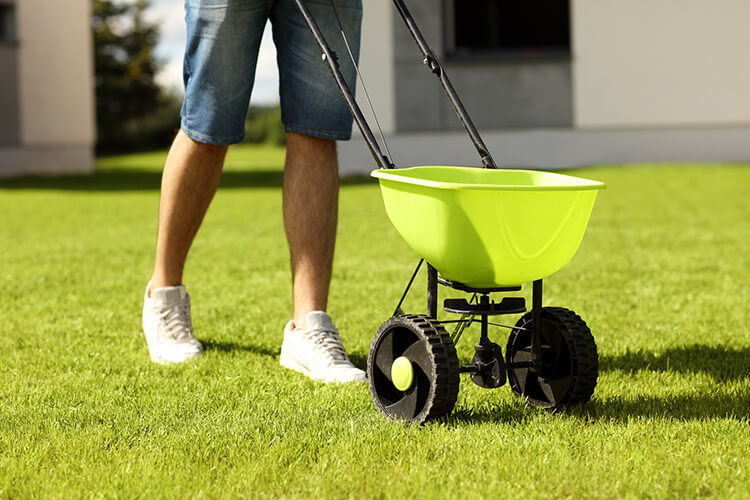
This video covers both when to fertilize and how to choose the right fertilizer for your lawn.

Our first video of this segment is super straightforward, but some get it wrong. Check out this quick video to ensure you’re not causing more harm than good to your lawn and its root system when raking.
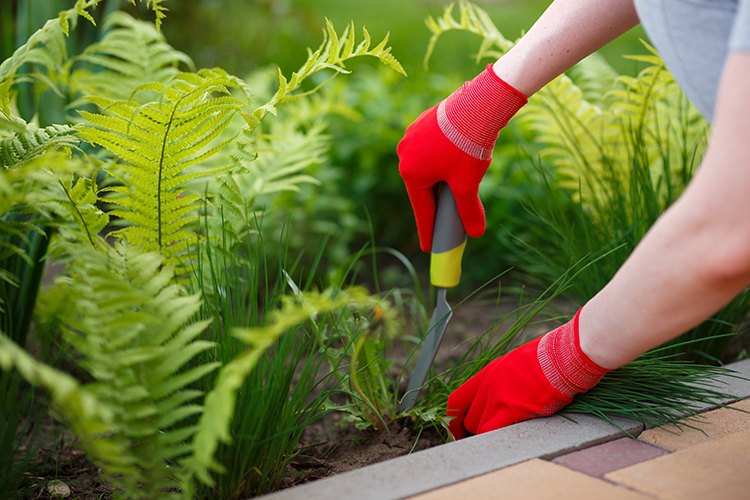
There are several classifications and definitions of weeds. However, in the very simplest terms, a weed is an unwanted plant in your lawn or garden.
No plant that’s perceived as a weed today has always been a weed. Once upon a time, they lived in a benign location and had no notable negative impact on their surroundings.
The turning point – when a plant becomes a weed – is when it invades a space where it is not desired and/or has an undesirable impact on people, animals, or other vegetation.
So, if they weren’t there to start with, how did those weeds get into your yard? They were carried there – transported by vehicle, animal, or on the wind.
And many seeds don’t need a whole lot of TLC to germinate. As long as they have oxygen and water, and a bit of sunlight, they will grow. So, the big question:
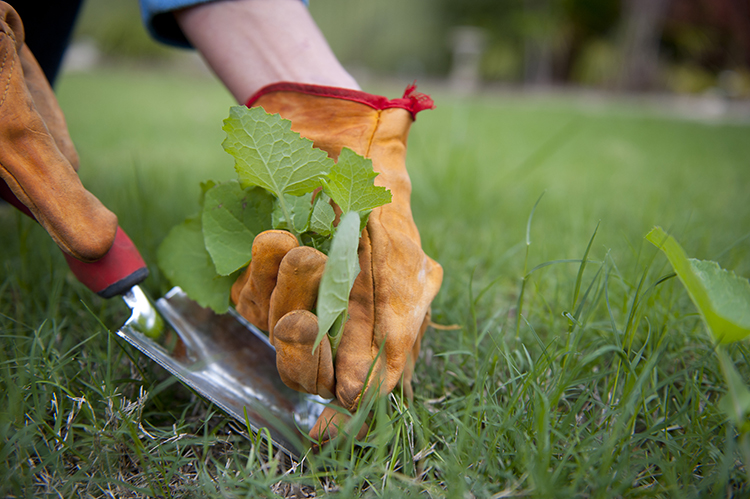
Let’s face it – weed avoidance is not a thing. However, there are strategies that will help you tame the beast and minimize the negative impact of weeds.
Weeds in your lawn and garden are the bane of any homeowner’s existence. But, armed with the information above, you’ll have a better understanding of where they’re coming from and how to control them.
Ready, set, weed!
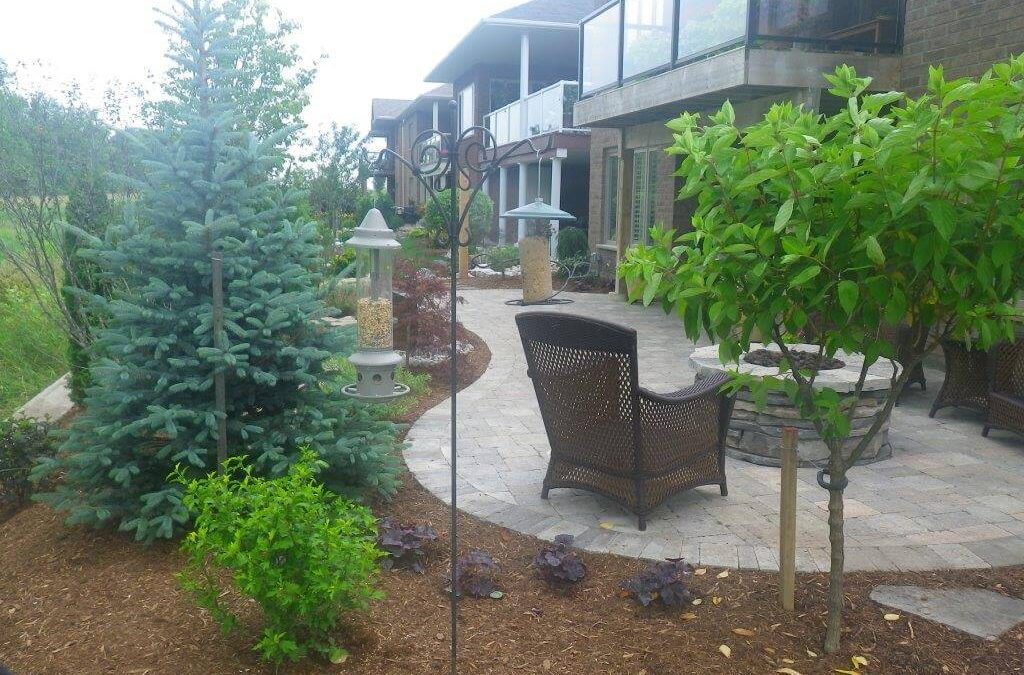
When we’re consulting with clients about their goals for new landscaping projects, by far the most requested characteristic is “low-maintenance”. But keep in mind that “low-maintenance” doesn’t mean “no maintenance”, so there’s still some work involved in keeping your lawn and garden looking great all season long.
If you’re looking to minimize the amount of work your lawn and flowerbeds need, we’ve got some tips that will allow you to spend more time enjoying your outdoor living spaces and less time maintaining them.
The Low-Maintenance Lawn
It may surprise you to learn that your lawn generally requires a lot more time to maintain that gardens do. Weeding, feeding, seeding, sodding, cutting, trimming, and watering all repeatedly require time, effort, and resources.
As such, the first thing we recommend doing is considering how much lawn you need for your lifestyle. While grass-covered turf does offer certain environmental benefits like absorbing toxins and carbon dioxide, other landscaping options can be just as beneficial. Chances are you can drastically reduce the amount of grass in your yard and replace those areas with other, much lower-maintenance elements.
One sure-fire way to reduce high-maintenance grass is to add some hardscaping to your yard. In addition to your driveway, porch, and deck, you might consider expanding your living space with a stone patio, fire pit area, and/or walkways. Adding crushed stone and pavers to high-traffic areas can significantly reduce maintenance while improving draining and weed control.
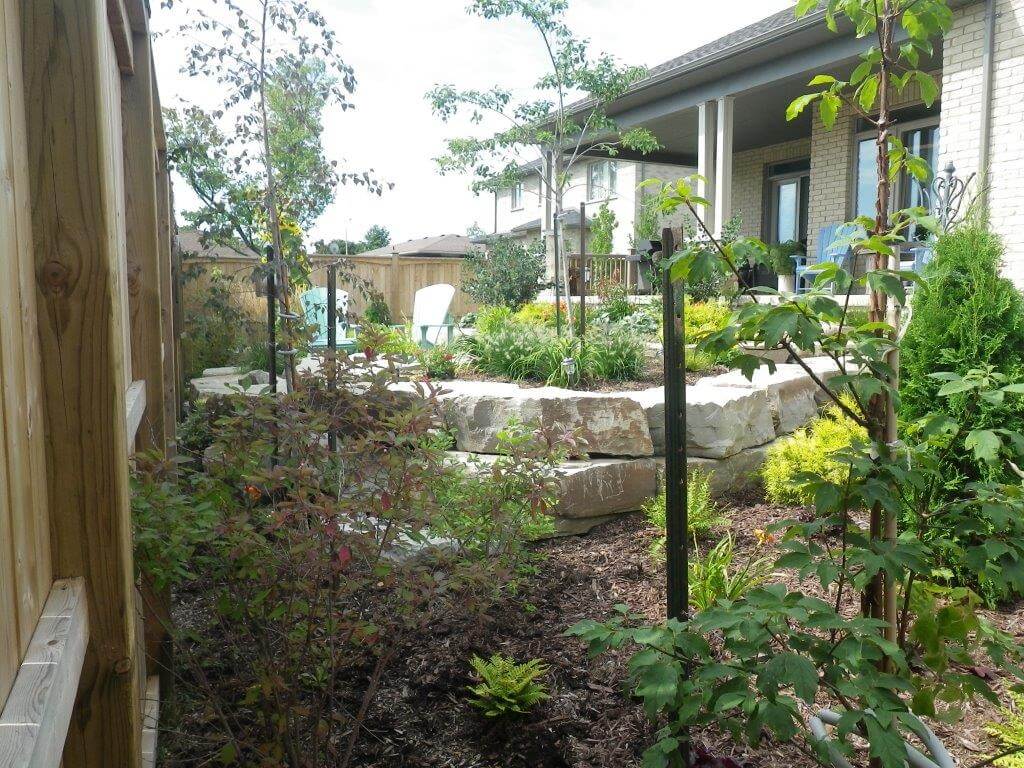
Trees
Large trees may require some maintenance in the form of trimming and/or raking leaves, but they offer many aesthetic and environmental benefits.
If you plan to add trees, give them a wide skirt of exposed earth (out to the drip line) and mulch well. This not only looks good, but furthers the reduction of grass that would otherwise need to be maintained.
Plant Selection
We’re fortunate to have myriad options when it comes to plants, flowers, and shrubs. However, if your goal is low-maintenance landscaping, you’ll want to be selective.
First and foremost, you can ensure the lowest maintenance gardens by choosing plants that are native to your region. These plants thrive in your region’s climate and soils, and historically have grown in the wild with no one but Mother Nature maintaining them. So you can bet they’ll thrive in your garden without too much attention.
Favour perennials over annuals. While the latter tend to be showier, they require more maintenance (deadheading and watering) and need to be replaced every year, adding both time and expense to your gardening requirements. To add pops of colour to your porch and patio but keep maintenance manageable, plant annuals in large containers.

It’s important to consider sun exposure when selecting plants – both annuals and perennials – for gardens and planters. Shade-loving plants will become scorched in anything other than morning sunlight. Sun-lovers planted in the shade will not reach their full potential and will get “leggy” reaching for the sun.
While it’s visually appealing to choose a variety of shapes, sizes, and textures, be sure to select plants for your garden that have similar needs. This will help you avoid having to care for plants individually, permitting you instead to apply what maintenance is required to all plants in your garden.
Beautiful plants come from healthy soil. Soils that are rich in nutrients with good drainage and low competition from weeds will foster healthy plants without much assistance.
Good quality compost adds a wide range of nutrients and healthy bacteria to soil, and can also ensure appropriate drainage. Peat moss can also improve drainage but has an acidic pH. Raised beds also drain better than those dug down into the ground. Finally, a thick layer of mulch will help reduce watering requirements and minimize weed growth. Topped up every spring, mulch also feeds the soil and adds a polished look to flower beds and gardens.
Here in Southwestern Ontario, our outdoor living season is short, so maximize enjoyment by minimizing your work. Consider where you spend the bulk of your time and effort outside and determine ways to reduce or eliminate it so you can spend more time basking in our summer weather, while it lasts.

Once again, it’s the time of year we wait for all winter… Spring! While the planting and growing season is more than a month off, you can prepare now by cleaning up and preparing your lawn and gardens.
If appropriate for our hardiness zone here in Stratford and Perth County (zone 5-6), plants, trees, and grass stand up fairly well to a blanket of snow and cold temperatures. However, conditions can fluctuate throughout the season which can stress exposed vegetation. This winter was a particularly icy one, so you may find more damage than normal, now that a lot of the snow has melted.
We’ve been receiving a lot of calls already for those interested in our lawn and garden maintenance services, and we hope to start visiting customers in the very near future. However, if you’re a DIYer, here are some tips for preparing your landscaping for the upcoming season.
LAWN CARE
Doing a bit of lawn cleanup and maintenance in the spring can help ensure a healthier lawn through the summer while minimizing weeds, so it’s definitely worth investing the time and effort.
It’s important to rake your grass. You definitely want to clean up any leaves and debris that has accumulated over the winter. More importantly though, you want to rake deeply to remove thatch. If left intact, thatch blocks air, water, and nutrients from getting down into the soil. Before you rake however, ensure that your ground is relatively dry to prevent damage to the grass’ root system and avoid compacting the soil, which will happen if you walk on it while it’s wet.
Compaction can be an issue as well. If soils are too compacted, air, water and nutrients are not permitted to get where they need to go efficiently. Aeration is the best way to remedy compaction. Be aware though that the soil cores that are pulled out of the ground during aeration can make a mess, so it’s best to keep lawn traffic to a minimum for a few days after it’s done.
If you notice some bare spots in your lawn, you might consider overseeding. However, overseeding is best done in the fall, as crabgrass is much less of a threat after the first frost. So, consider either waiting until fall, or reapplying in the fall.
Finally, you may opt to fertilize your lawn. If you fertilized in the fall, your lawn may still be digesting residual fertilizer. However, if you do proceed with a spring application of fertilizer, we recommend using a balanced fertilizer (20-20-20) which will help green up the lawn. In addition, the rhyzomes fill in the weaker areas and strengthen the root system. Of course, you can go the organic route as well, by simply top dressing your lawn with an even layer of compost.
GARDEN
As with your lawn, the first thing you want to take care of in your garden is the removal of weeds, dead leaves and debris that’s landed there over the course of the winter. Not only does this make gardens and flower beds look better, but it drastically reduces opportunities for mold growth. You can either remove by hand or lightly rake your gardens to eliminate surface debris. More stubborn foreign objects can be removed with a hoe or small trowel.
After a good general cleanup, remove any wrap or covers that you placed on or over your trees and plants for the winter season. If you’re storing the covers, ensure they’re clean and dry before putting them away to avoid mold and rot from setting in while in storage.
Check plants and trees for damage. Treat or prune away damaged parts if possible, or remove the entire plant if it didn’t overwinter well. Some pruning might be necessary in the spring, but ensure you know the appropriate time of year to prune the plants and trees in your yard. Pruning at the wrong time can negatively affect new growth, flowers, and fruit.
Edging around flower beds is an easy way to increase visual appeal. It also helps keep weeds from creeping in. You can also edge your lawn where it meets the driveway and walkways.
Once the risk of frost has passed, turn your soil with a shovel or small tiller to work in any remaining organic matter and to aerate the soil, which tends to get compacted over the winter. Then you can apply additional soil, compost, and/or amendments to adjust the soil’s pH or increase nutrition.
Spring is a good time to divide your perennials, but be sure that you wait until the risk of frost is no longer an issue. Be sure to add soil and nutrients to backfill newly vacant garden areas as well as the areas you’re transplanting to.
Finally, consider adding a layer of mulch to all of your gardens. Not only does it improve the look of your flower beds, it also insulates your soil against extreme heat, helps retain moisture, and keeps weeds at bay.
All of these things can help you ensure a beautiful, healthy lawn and garden for what we hope will be a long, sunny season ahead. As always, if you’re not a DIY gardener or would like to leave yard maintenance to someone else, we invite you to contact us about our services.